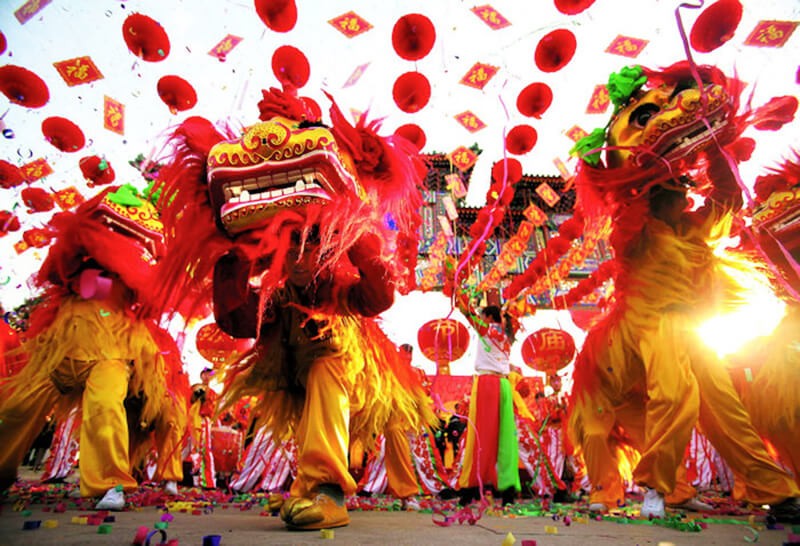rashemamelson.org – The Vietnamese New Year, known as Tết, is the most important festival in Vietnam. It marks the beginning of the lunar new year and is a time for family reunions, community celebrations, and the observance of traditions that have been passed down through generations. Tết is a celebration of new beginnings, good fortune, and the hope for a prosperous year ahead.
The Significance of Tết
Cultural and Historical Importance
Tết is deeply rooted in Vietnamese culture and history. It is a time when Vietnamese people honor their ancestors, pay respect to elders, and celebrate the arrival of spring. The festival reflects the agricultural traditions of Vietnam, as it marks the end of the winter and the start of the new farming season.
Family Reunions
One of the most significant aspects of Tết is the tradition of family reunions. Vietnamese people believe that it is important to be with family during Tết to ensure good luck and happiness for the coming year. Families gather to perform ancestral rites, share meals, and exchange gifts.
Preparations for Tết
House Cleaning and Decorations
In the days leading up to Tết, Vietnamese families thoroughly clean their homes to sweep away bad luck and welcome good fortune. Houses are decorated with flowers, especially peach blossoms and kumquat trees, which symbolize prosperity and luck.
Food Preparation
Food plays a central role in Tết celebrations. Families prepare a variety of traditional dishes, including banh chung (square sticky rice cakes), banh tet (cylindrical glutinous rice cakes), and nem ran (spring rolls). These dishes are not only enjoyed during family meals but are also offered to ancestors as part of the festivities.
Celebrations During Tết
New Year’s Eve (Giao Thừa)
The celebration of Tết begins on New Year’s Eve, known as Giao Thừa. Families gather for a reunion dinner, which is similar to the Western Christmas Eve or Thanksgiving dinner. Firecrackers and fireworks are set off to ward off evil spirits and welcome the new year.
The First Three Days of Tết
The first three days of Tết are the most important and are filled with various activities. People visit temples and pagodas to pray for good luck, pay respects to ancestors, and participate in community events. Children receive lucky money (li xi) in red envelopes from their parents and elders.
Cultural Performances and Games
Tết is also a time for cultural performances, such as lion dances and traditional music. Children and adults alike enjoy playing traditional games, such as đánh bài (playing cards) and đá cầu (kicking a shuttlecock).
The Significance of Tết Today
Preserving Traditions
Despite the influence of modernization and globalization, Tết remains a time when Vietnamese people, both in Vietnam and in the diaspora, come together to celebrate their cultural heritage. The festival serves as a reminder of the importance of family, community, and tradition.
A Time for Reflection and Renewal
Tết is also a time for reflection on the past year and setting intentions for the coming year. It is a period of renewal, both personal and communal, as people strive to leave behind negative aspects of the past and embrace new opportunities.
Conclusion
The Vietnamese New Year, Tết, is more than just a festival; it is a celebration of culture, family, and community. It embodies the hopes and aspirations of the Vietnamese people for a prosperous and harmonious future. As Vietnam continues to modernize, Tết remains a cherished tradition that connects generations and preserves the country’s rich heritage.
